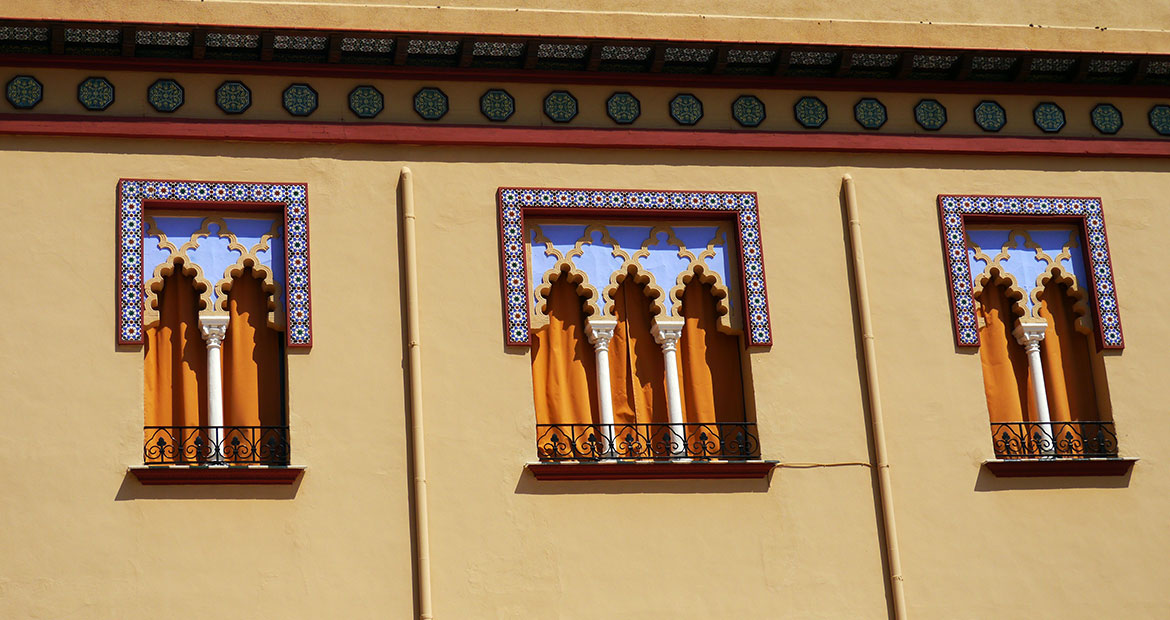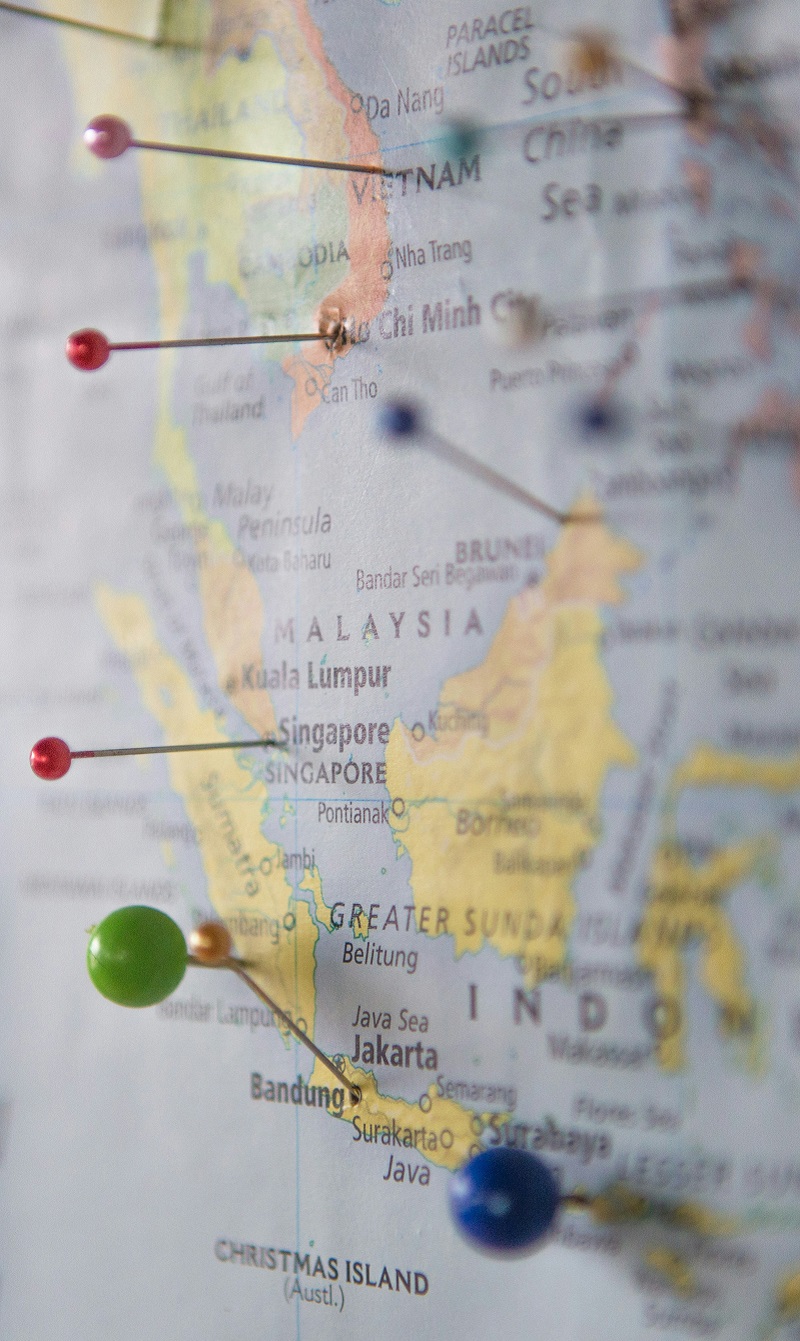Islamic tourism: Much more than the pilgrimage to Mecca
Travel by Muslims is increasing around the world and companies in the sector – hotels, airlines and tour operators – are responding with services that accommodate Islamic practices and values
To many non-Muslim Westerners, the expression “Islamic tourism” might seem an oxymoron, an improbable association between a strict religion and the Western idea of carefree idleness in exotic locations. In fact, the Prophet him- self urged Muslims to go and discover the world: “Travel through the land and observe how He began creation,” says the Quran (29:20).
By far, the most popular destination in the Muslim world continues to be Mecca. During the first 16 days of Ramadan this year, a record-breaking 14 million Muslims visited the Holy City, an increase of 40 percent from 2014. Of the total, an estimated five million were foreigners.
With foreign expenditure during the days of the Hajj pilgrimage, and from Umrah pilgrimages, estimated at USD 16.2 billion annually, a multi-million tourism industry has flourished around Mecca The most iconic project is the monumental, 1.4 million square meter Abraj al-Bait complex of luxury hotels, malls and apartments with an estimated value of USD 3 billion.
Furthermore, to accommodate exponential demand, Saudi authorities are building a sprawling expansion to the Grand Mosque, which will cover 800,000 square meters including the outdoor and indoor praying areas, accommodating 2.6 million worshippers.
Impressive as they are, these projects – which some critics say are converting Mecca into a sort of religious Las Vegas – are only part of a global trend.
A new generation of young, middle class Muslims has emerged around the world and it is just as demanding and savvy as the rest of the Millennial generation.
They want to travel to places that are Muslim- friendly, where they can easily eat halal, pray towards Mecca, use gender-based facilities and services without raising eyebrows, and drop children at Muslim-friendly day care.
According to the State of the Global Islamic Economy 2014-2015 report by Thomson-Reuters, Muslim spending on outbound travel increased 7.7 percent to USD 140 billion in 2013, excluding Hajj and Um- rah. This represents 11.6 percent of global expenditure, and it is expected to reach USD 238 billion by 2019, when it will account for 13 percent of the total.
The top source countries of Muslim tourists, based on 2013 expenditure, were Saudi Arabia (USD 17.8 billion), Iran (USD 14.3 billion), the United Arab Emirates (USD 11.2 billion), Qatar (USD 7.8 billion), Kuwait (USD 7.7 billion), and Indonesia (USD 7.5 billion). The most popular destinations outside Saudi Arabia are Malaysia with 3.2 million tourists, Turkey with 3.05 million and the United Arab Emirates with 2.14 million.
Malaysia, where more than 60 percent of the population is Muslim, positioned itself early in the Islamic tourism sector.
___________________
This article originally appeared in a special publication by The Worldfolio produced in conjunction with the 11th World Islamic Economic Forum.





